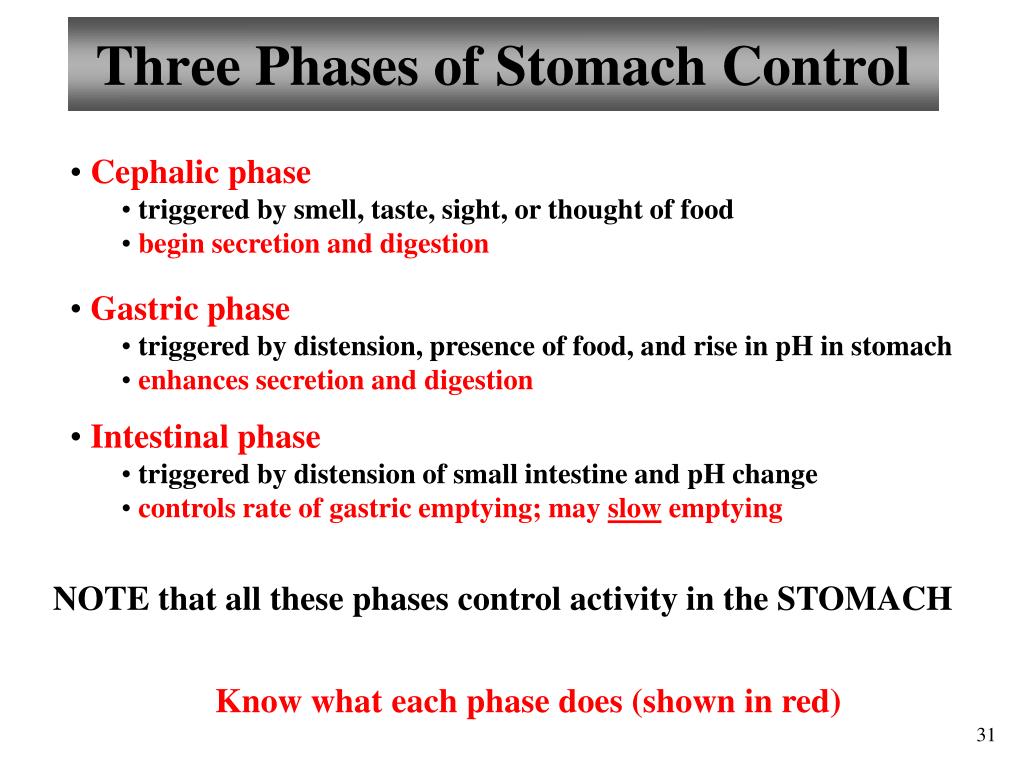What Are The Three Phases Of Gastric Activity
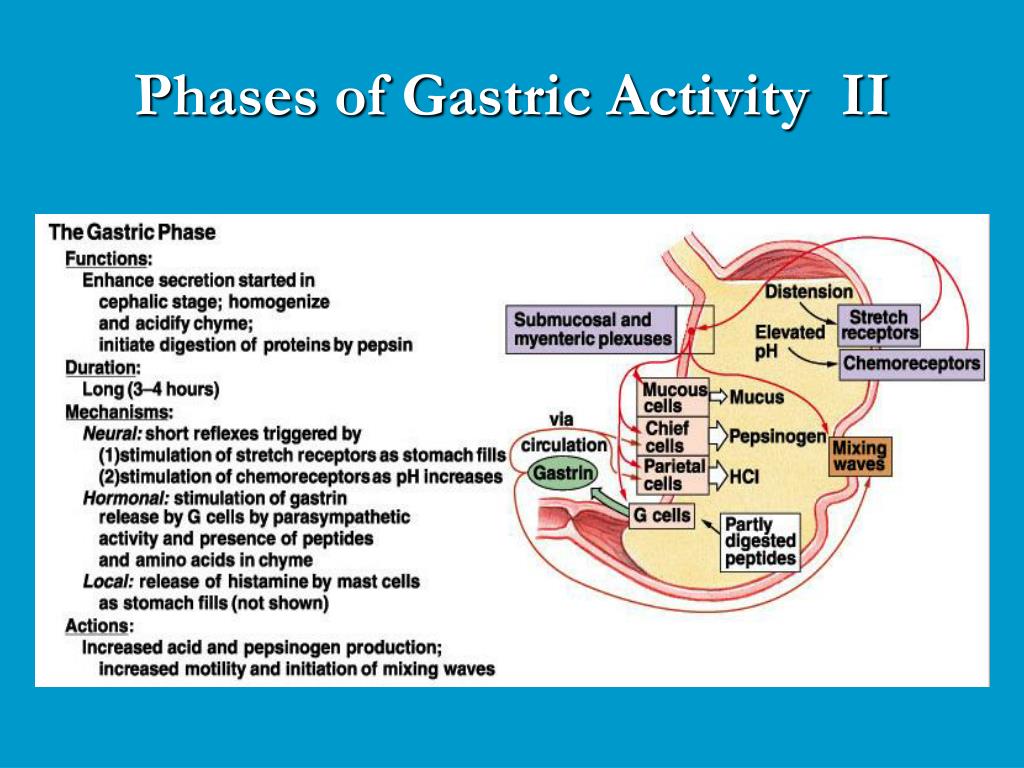
The digestive process, a complex orchestra of physiological events, is often taken for granted. Yet, the smooth functioning of this system is critical for our very survival. Disturbances in any phase of digestion can lead to a cascade of health problems, from mild discomfort to serious malnutrition.
Understanding the intricacies of how our stomach processes food is paramount. This article delves into the three distinct phases of gastric activity: the cephalic, gastric, and intestinal phases. We will explore each phase's unique mechanisms, hormonal controls, and potential disruptions, providing a comprehensive overview of this essential physiological process.
The Nut Graf: Unveiling the Gastric Triad
This article explores the three sequential phases of gastric activity that break down food in the stomach. These are the cephalic, gastric, and intestinal phases. Each phase is triggered by specific stimuli and regulated by a complex interplay of neural and hormonal signals, working in concert to prepare, process, and propel chyme, the partially digested food mixture, into the small intestine.
Phase 1: The Cephalic Phase - Mind Over Matter
The cephalic phase is initiated even before food enters the stomach. It is triggered by the sight, smell, taste, or thought of food, essentially a pre-emptive preparation of the digestive system.
Sensory input activates the cerebral cortex and hypothalamus, which in turn stimulates the vagus nerve. This nerve signals the stomach to release gastric juices, including hydrochloric acid (HCl) and pepsinogen, as well as gastrin, a key hormone.
Gastrin then promotes further HCl secretion and stomach motility. This anticipatory response primes the stomach for the incoming meal, optimizing the digestive process from the outset.
Hormonal and Neural Control
The cephalic phase is primarily under neural control via the vagus nerve. This nerve stimulates the release of acetylcholine, a neurotransmitter that directly stimulates parietal cells to secrete HCl.
The hormone gastrin, while also released during the cephalic phase, exerts its full effect during the subsequent gastric phase. The interaction between neural and hormonal signals ensures a coordinated and efficient digestive response.
Potential Disruptions
Stress and anxiety can significantly impact the cephalic phase. These psychological factors can either inhibit or exacerbate gastric acid secretion, leading to indigestion or ulcers in susceptible individuals.
Medications like certain antidepressants can also influence neurotransmitter activity and disrupt the cephalic phase. Understanding these potential disruptions is crucial for managing digestive health.
Phase 2: The Gastric Phase - Digestion in Full Swing
The gastric phase begins when food actually enters the stomach. This phase accounts for approximately two-thirds of total gastric juice secretion.
Stretching of the stomach walls, along with chemical stimuli from partially digested proteins and amino acids, triggers this phase. These stimuli activate both neural reflexes and hormonal mechanisms.
Gastrin release is stimulated further, boosting HCl production and enhancing stomach churning. The increased acidity helps denature proteins and activates pepsinogen into pepsin, an enzyme responsible for protein breakdown.
The Role of Gastric Motility
Gastric motility, the churning and mixing action of the stomach, is crucial during the gastric phase. This mechanical digestion breaks down food particles and mixes them with gastric juices, forming chyme.
Peristaltic waves, rhythmic contractions of the stomach muscles, move the chyme towards the pyloric sphincter. The strength and frequency of these contractions are regulated by neural and hormonal signals.
Feedback Mechanisms
The gastric phase is regulated by negative feedback mechanisms. As the stomach becomes more acidic, somatostatin, a hormone that inhibits gastrin release, is secreted.
This feedback loop prevents excessive acid production and protects the stomach lining. This delicate balance is essential for preventing ulcers and maintaining digestive health.
Phase 3: The Intestinal Phase - Regulating Chyme Release
The intestinal phase begins when chyme enters the duodenum, the first part of the small intestine. This phase controls the rate of gastric emptying to prevent overwhelming the small intestine's digestive capacity.
The presence of acidic chyme, fats, and partially digested proteins in the duodenum triggers the release of intestinal hormones. These hormones, including secretin and cholecystokinin (CCK), play crucial roles in regulating gastric activity.
Secretin inhibits gastric acid secretion and motility. CCK stimulates the release of bile from the gallbladder and pancreatic enzymes, aiding in the digestion of fats and proteins in the small intestine.
Enterogastric Reflex
The intestinal phase is also regulated by the enterogastric reflex. This neural reflex inhibits gastric secretion and motility when the duodenum is distended or irritated.
This reflex protects the small intestine from excessive acid and prevents overloading of the digestive system. This mechanism ensures that digestion proceeds at a manageable pace.
Importance of Controlled Emptying
The controlled emptying of chyme into the duodenum is vital for optimal nutrient absorption. Rapid emptying can lead to dumping syndrome, a condition characterized by nausea, vomiting, and diarrhea.
Slow and regulated emptying allows the small intestine to efficiently process the chyme and absorb nutrients. Disruptions in the intestinal phase can have significant consequences for overall health and well-being.
Looking Ahead: Research and Clinical Implications
Research into the three phases of gastric activity is ongoing. Scientists are exploring the intricate signaling pathways involved and investigating potential therapeutic targets for digestive disorders.
Understanding the mechanisms underlying these phases is crucial for developing effective treatments for conditions such as acid reflux, peptic ulcers, and gastroparesis. Further research may lead to novel therapies that target specific aspects of gastric function.
By appreciating the complexity and interconnectedness of the cephalic, gastric, and intestinal phases, we can gain a deeper understanding of our digestive system and how to maintain its optimal function. This knowledge empowers us to make informed choices about our diet and lifestyle, promoting long-term digestive health.
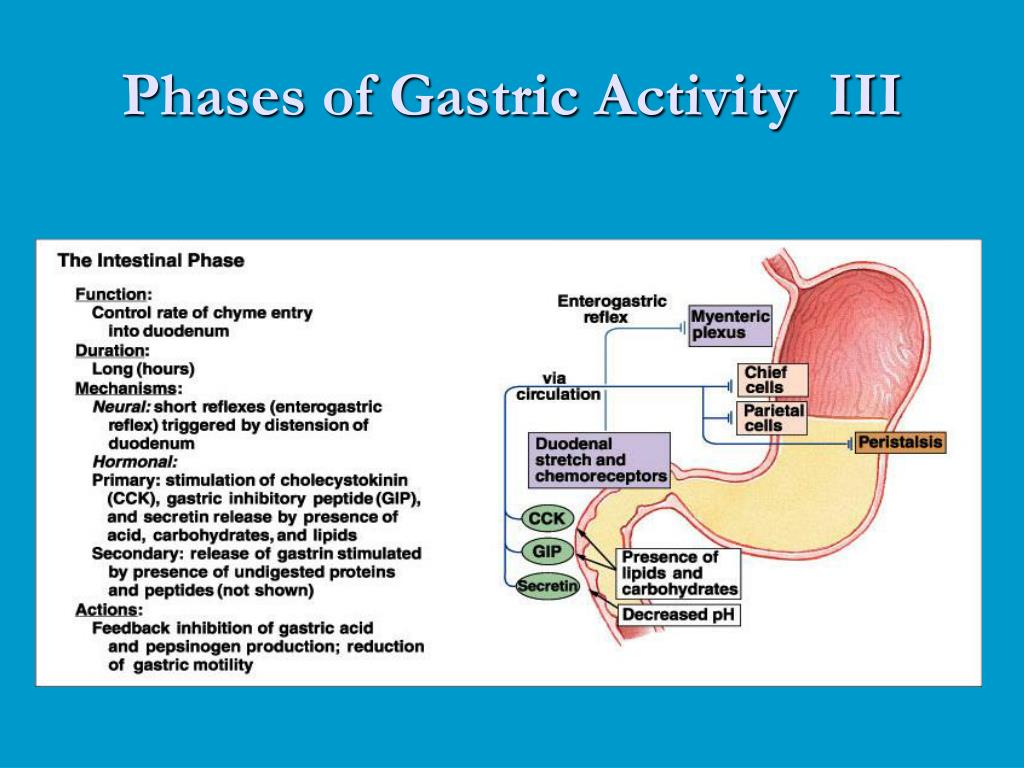
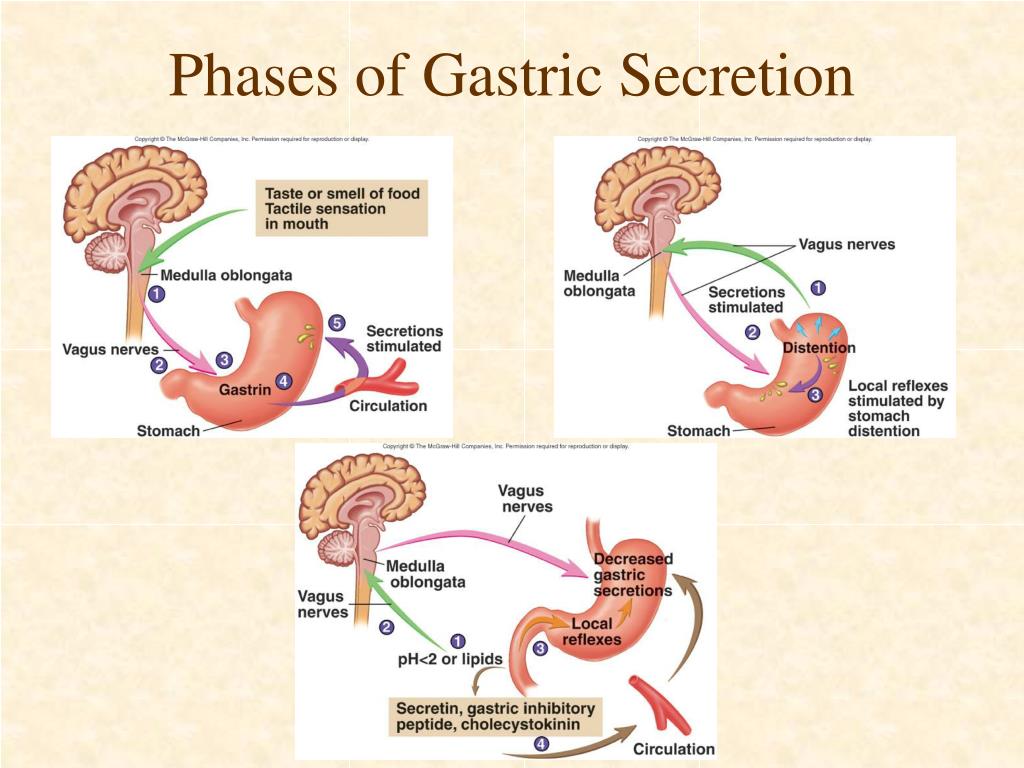

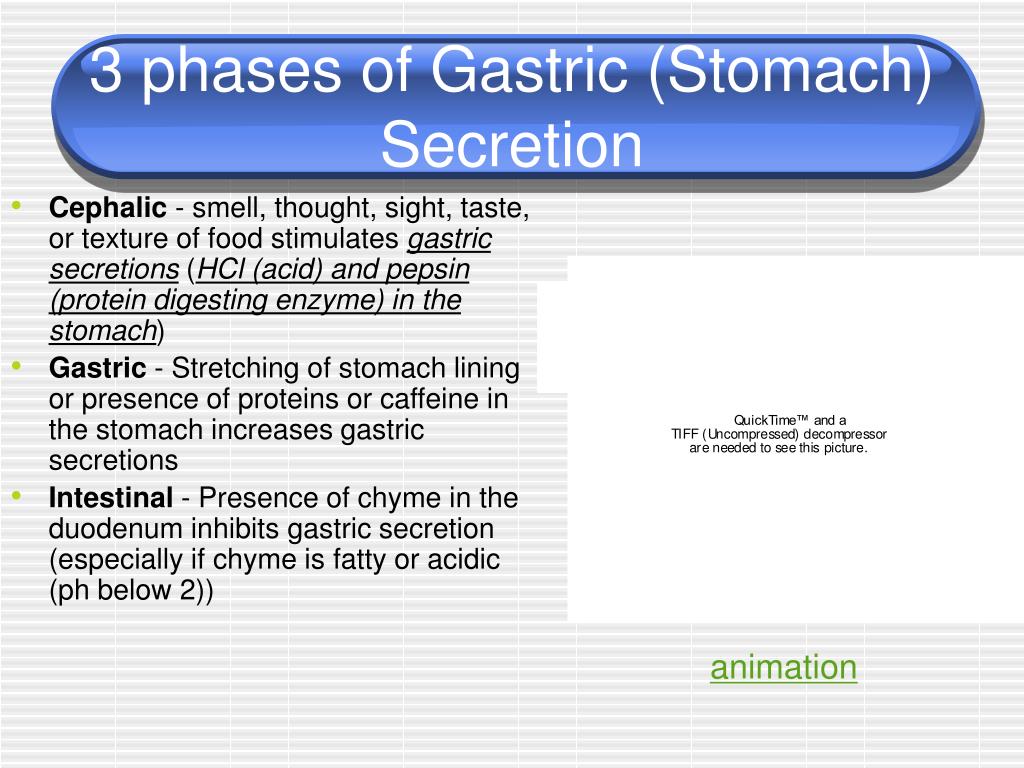




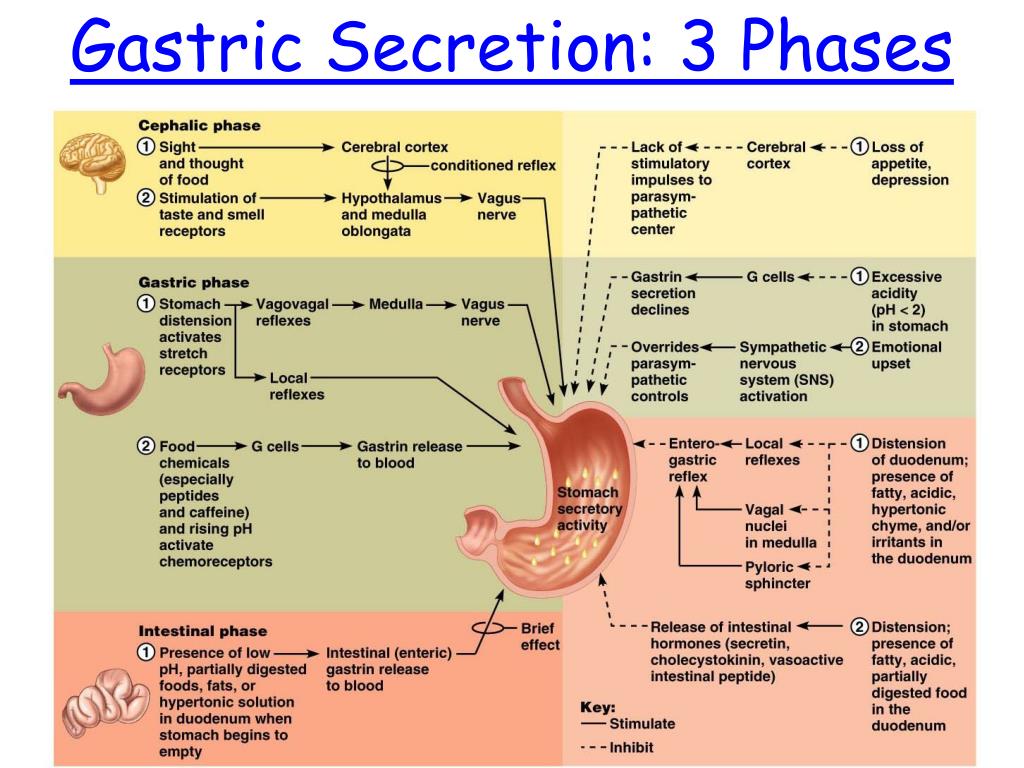
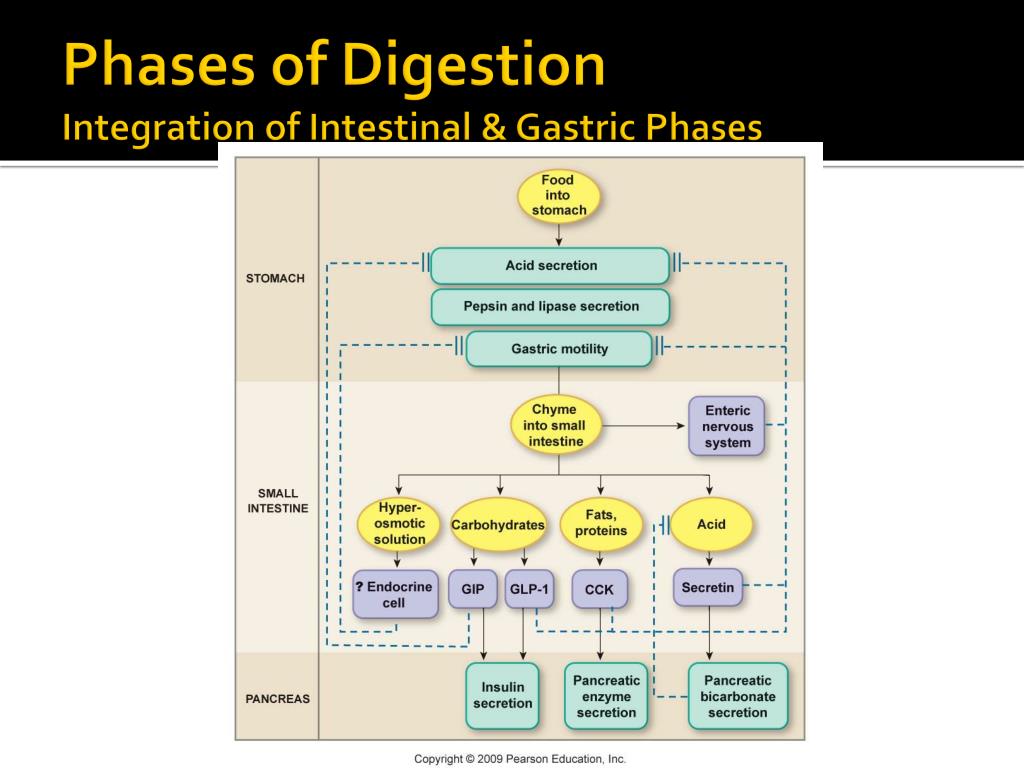

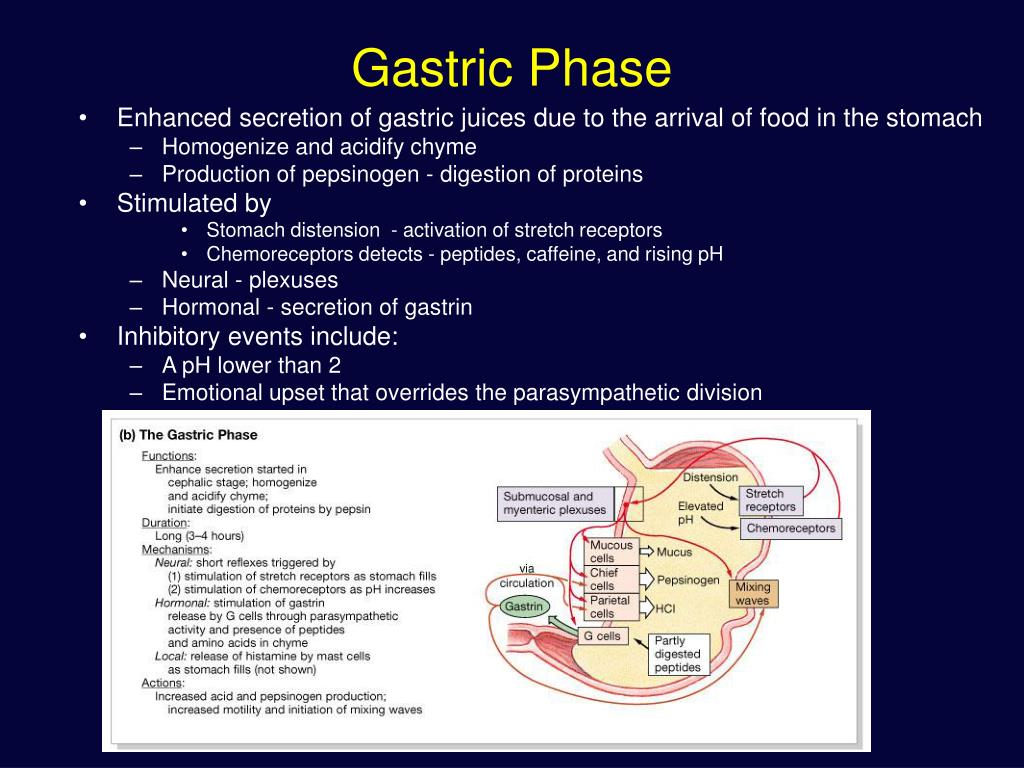

.jpg)


